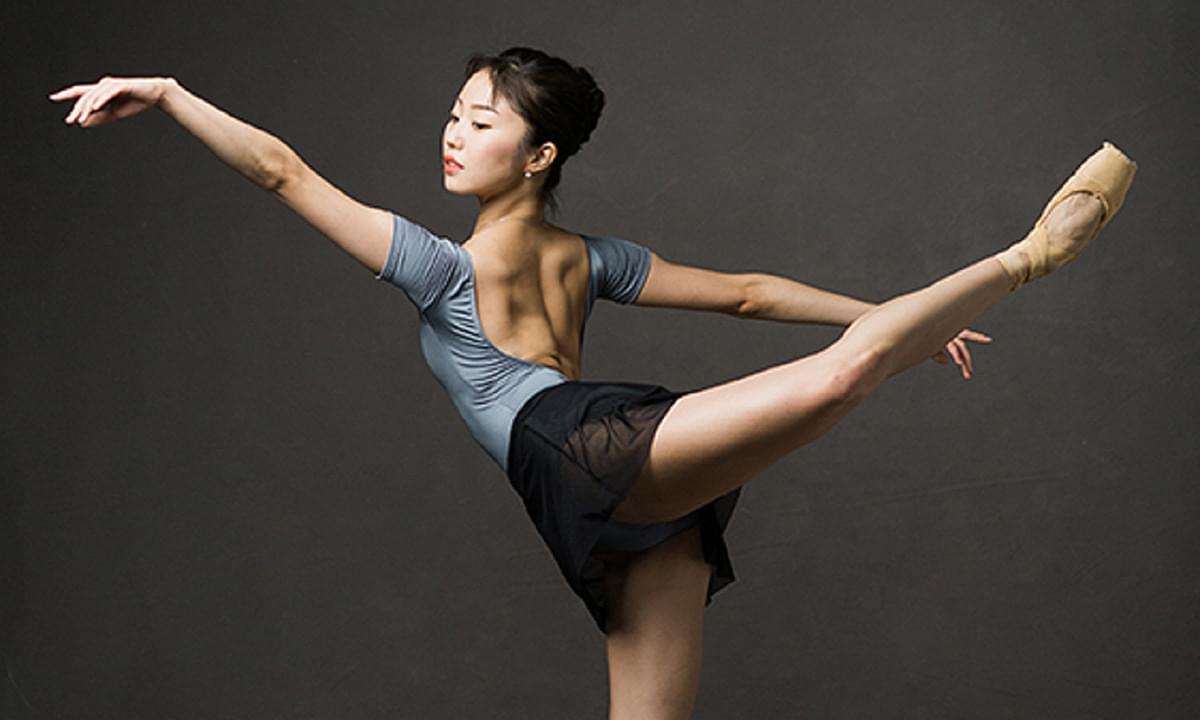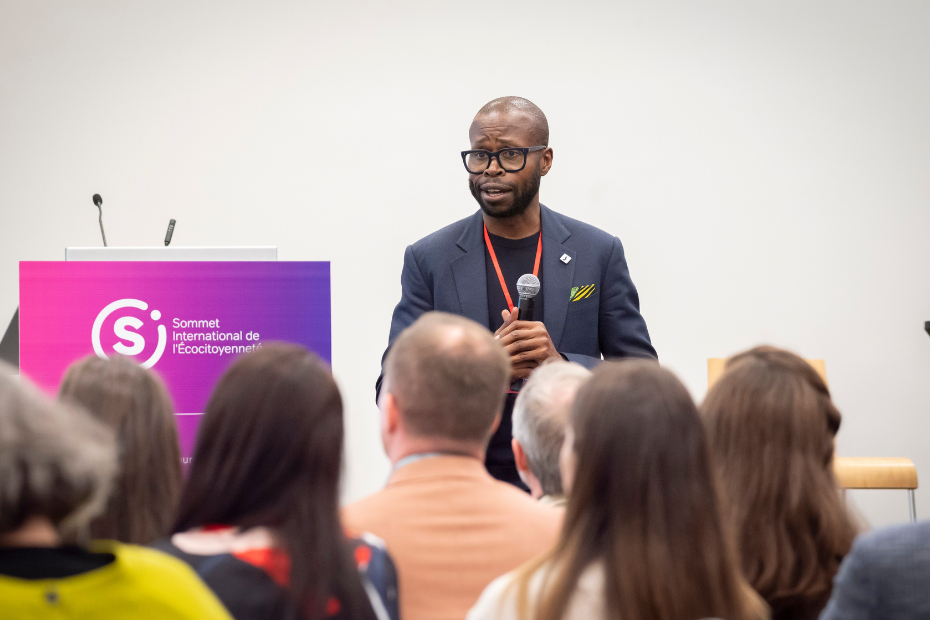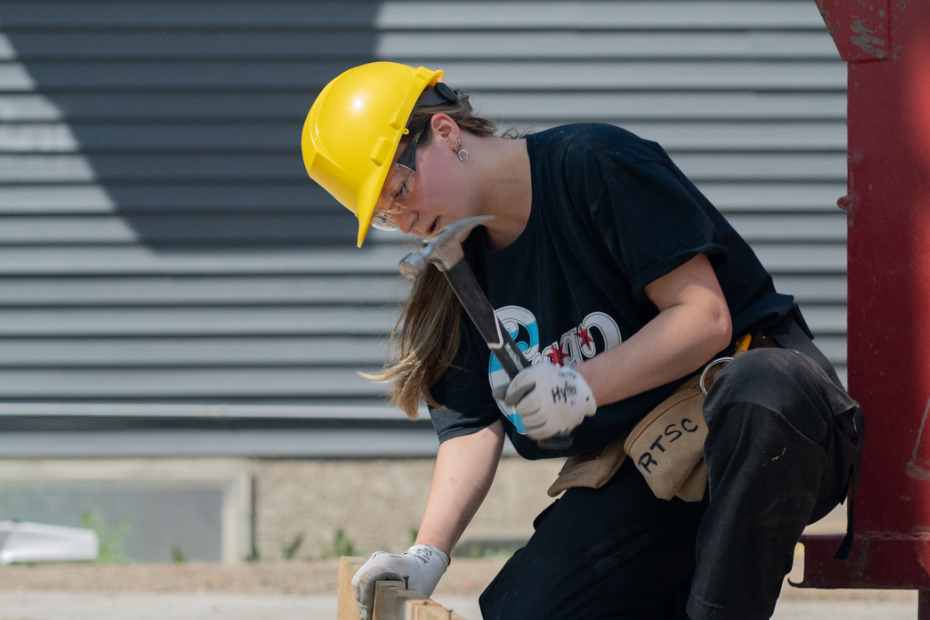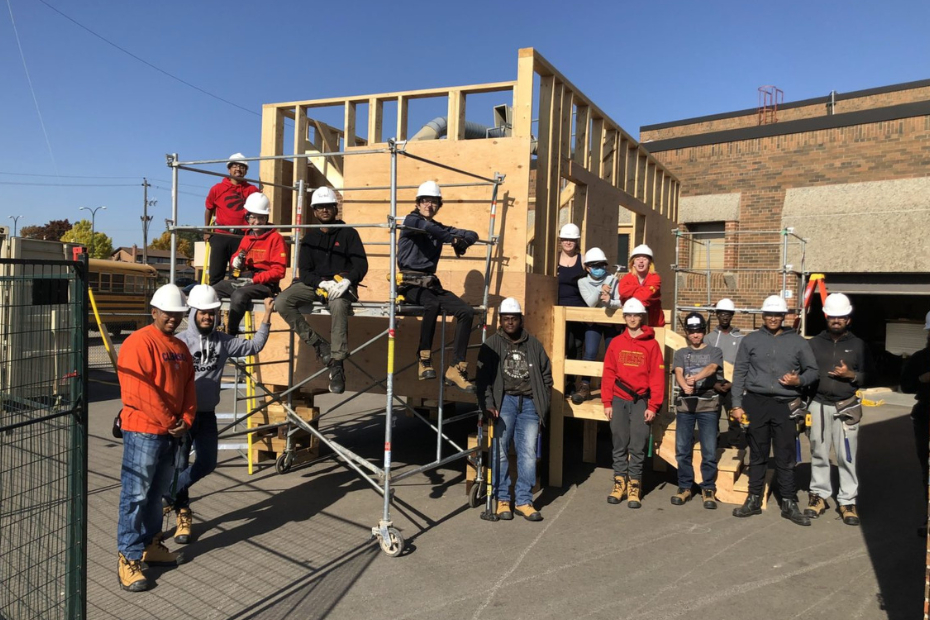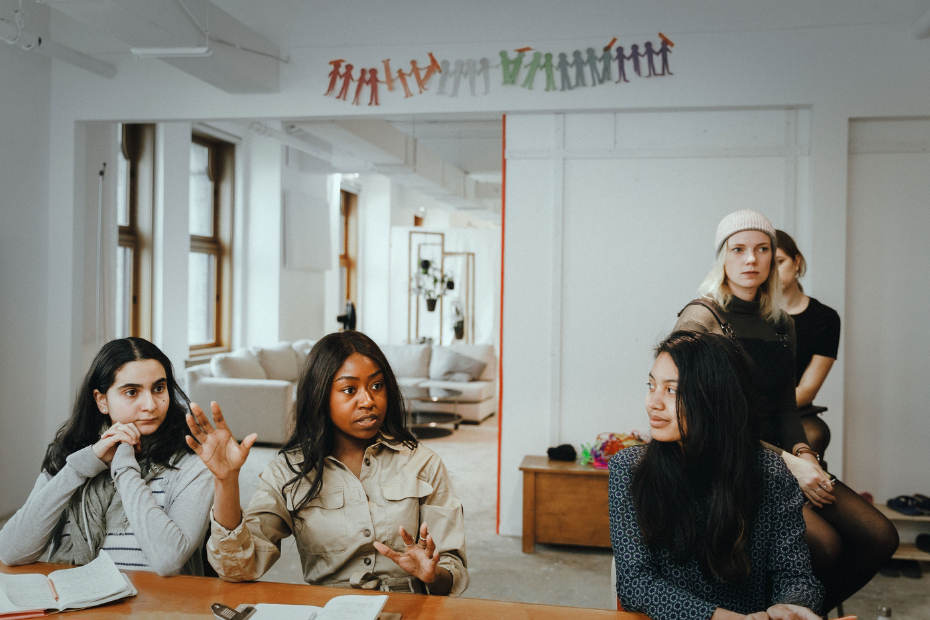Like no other season, the holidays can draw us to the arts. Giving your child tickets to a show this holiday season can create lasting memories and inspire big ideas.
But even if you can’t squeeze a trip to the theatre or ballet into the busy season, the holidays are a great opportunity to gift your child tickets for the upcoming year. In addition to the memories it will create, taking your child to see live performances can have a lasting impact on their development and the way they view the world.
Here are a few ways the arts can benefit children this holiday season:
Live Theatre
Researchers at the University of Arkansas have been looking at the social and cognitive effects of live theater performances. They found that taking children to go see live theater enhances literary knowledge, improves recall and enhances vocabulary beyond simply watching a movie or even reading a book or script.
“Kids live in small worlds,” says Heidi Holmes Erickson, a doctoral fellow on the study from the Department of Education Reform. “Seeing live theater expands their world and provides valuable insight into how other people live and interact.”
The University’s most-recent study involved students in grades four to 12, and bused them to either a movie or live-theater versions of a number of plays, including Shakespeare’s Hamlet and Twelfth Night, and A Christmas Carol by Charles Dickens. According to the study, story comprehension and vocabulary was higher for the children who saw the live play. Seeing a play, even once, also had a significant impact on critical thinking and creativity.
Another notable benefit to seeing the arts may be increased tolerance and empathy. “Seeing the arts allows you to see things from another person’s point of view,” says Angela Watson, a distinguished doctoral fellow from the department of Education Reform at University of Arkansas. The students in her study were asked a series of questions from the tolerance scale after viewing the play. They found a measurable difference in tolerance and social perspective taking. “Just think of the impact art exposure could have on the way we treat each other on a global scale,” ponders Watson.
Visual Art
The Perelman School of Medicine at the University of Pennsylvania and the Children’s Hospital of Philadelphia (CHOP) partnered with the Philadelphia Museum of Art to see if they could change the way medical students looked at problems. “These were Ivy League kids – some of the smartest in the work – but they tend to be very black-and-white thinkers,” says Holmes Erickson. “Educators were having a hard time getting them to deal with grey areas.”
The study asked medical students to take a six-week course in art observation. Researchers found that exposure to the arts significantly improved the med students’ clinical observation and professional development skills. “Exposure to the arts taught these twenty somethings’ how to observe and make inferences from their observations,” says Holmes Erickson. “Imagine how malleable kids would be if we exposed them to the arts? It could open a new world of creative thinkers.”
Live Dance
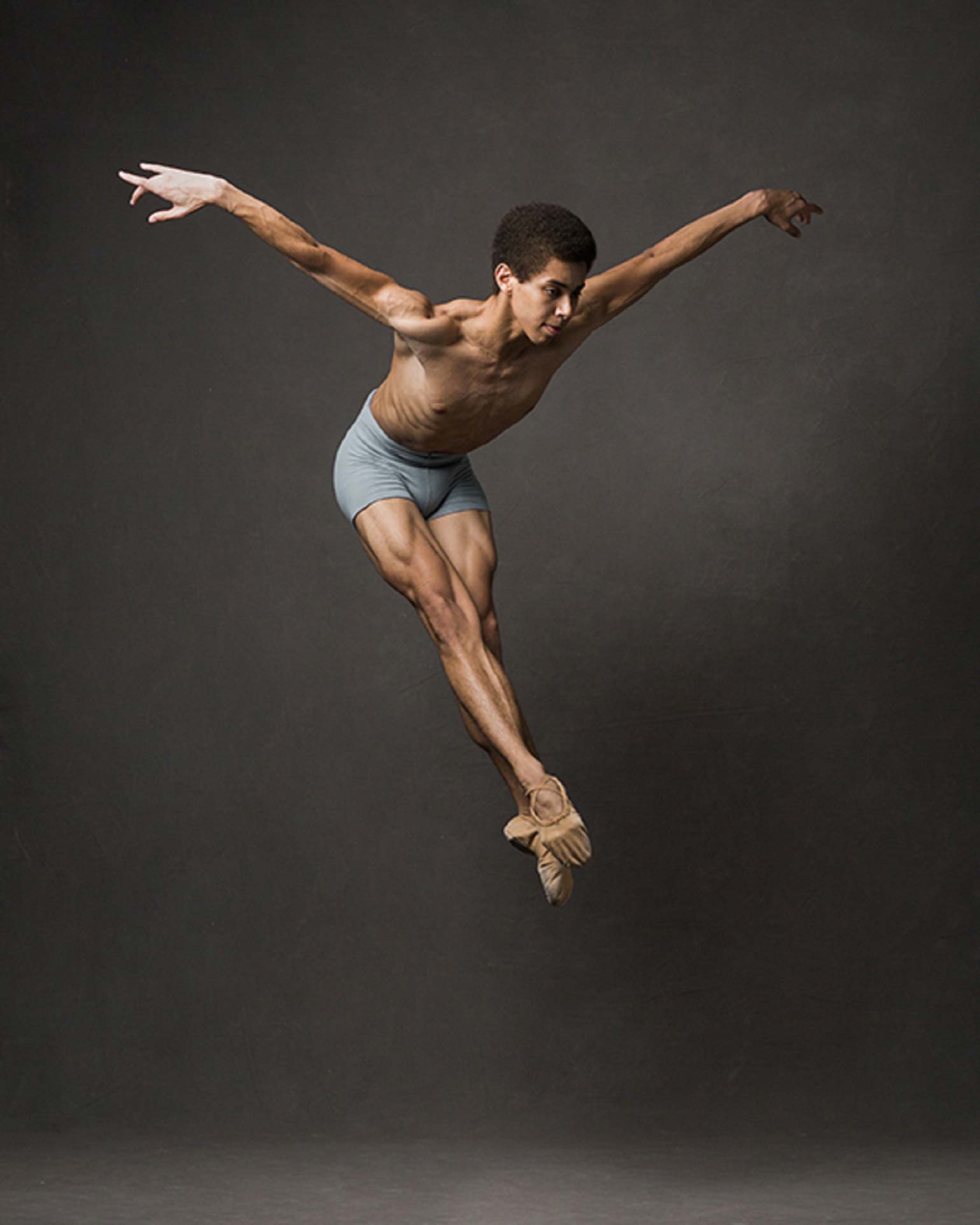
Minkyung Lee. 2017/18 RBC Apprentice. Photo by Karolina Kuras Alexander Skinner. 2017/18 RBC Apprentice. Photo by Karolina Kuras
Diana Reitberger, Director of Development at The National Ballet of Canada, has witnessed similar benefits when exposing children to dance. “It creates empathy and brings people of all races and religions together,” says Reitberger.
A gift to 2018 upcoming performances may be an amazing way to open your child up to a world beyond their own. And for those who cannot afford to purchase tickets, The National Ballet of Canada has partnered with The RBC Apprentice Programme to bring dance to a broader demographic.
The RBC Apprentice Programme sponsors 10 dancers as they make the progression to professional dancers. Part of their experience is taking place in You Dance (Youth, Outreach and Understanding), which brings the world of dance to students across the country through free workshops and performances. “There are movement workshops at school, and an educator goes out to help kids understand what it takes to be a dancer,” says Reitberger. The kids also get to see dancers from the RBC Apprentice Programme perform.
There are 20 performances throughout the year, and for those who can’t make it to a live performance, You Dance has started live streaming the event. This year it went out to over 16,000 students in grades four to six from over 77 school boards, and brought The National Ballet of Canada experience to as far north as Taloyoak, Nunavut.
This article is intended as general information only and is not to be relied upon as constituting legal, financial or other professional advice. A professional advisor should be consulted regarding your specific situation. Information presented is believed to be factual and up-to-date but we do not guarantee its accuracy and it should not be regarded as a complete analysis of the subjects discussed. All expressions of opinion reflect the judgment of the authors as of the date of publication and are subject to change. No endorsement of any third parties or their advice, opinions, information, products or services is expressly given or implied by Royal Bank of Canada or any of its affiliates.








